- Home
- Machining techniques
- CNC Machining Services
- Cooperative supply services
- Designs
- Materials
- Finishing Services
- Shop
- Products
- Guide
- About Us
- Contact Us
2021.4.25
Plastics are an incredibly common material in CNC machining. They’re the second most common material chosen after aluminum. So what are the most common ones that are machined or used in manufacturing applications? What are the high-level properties of these materials? When they’re used? Why they’re used? And what they look like when they’re machined? Let’s find out!
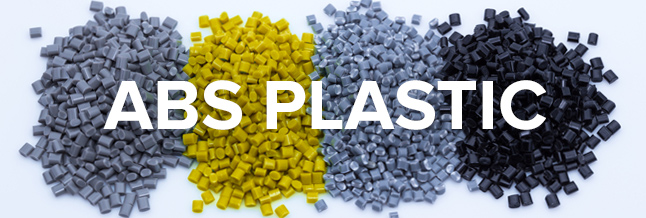
#1 ABS
The most common one that you see in your everyday life is ABS. ABS as with many plastics can be machined, it can be injection molded as well. ABS is an affordable thermoplastic, meaning once you have the raw material, a big sheet of ABS, you can machine it to the shape that you want. ABS is a relatively inexpensive material to machine, it is, however, sensitive to solvents, which is both a strength and a weakness, because you can’t use it where you have chemical applications or chemicals in your work environment. But on the other hand, you could use this property to polish it with acetone. It is not the best when it comes to dimensional stability. But on the flip side of things, if you wanted to paint ABS parts or glue them together with another piece that was to be assembled to it, it’s doable. You can bond several parts that could not be machined from one block, you could do that with ABS. That’s one of the main strengths of ABS when you want to do plastic prototypes that would be later on ingestion molded if you were to move toward production.
#2 POM
If you want another material that is more engineering-grade, that can be used in a bit more strenuous applications as opposed to the consumer industry or everyday electronics industry, you can move to a very popular material that is called POM. POM is a branded name for a material that is from the palm family. POM is an extremely interesting material in CNC machining. Machinists who are experiencing plastics usually love it, because of its very high machineability, it has a way bigger strength and dimensional stability compared to ABS, it is quite objectively a higher quality material, it is also more expensive. It has lower friction, higher resistance to chemicals. It is widely used throughout the manufacturing industry for engineering applications in anything where you can need a sturdy plastic part that needs a decent chemical resistance as well as good dimensional stability where you would maybe not want to use metals. It has however not a good resistance to fire, so it is not recommended to use this product where you would have an open flame or very high temperatures that could make it ignite. When transformed through CNC machining processes, this material is often used for engineering applications. It does not have the best surface finish, the tool marks on the POM part are for a smooth machined part meaning a part where the machine takes care in having sharp tools and controlling the feed rates. The tool marks are quite minimal, but you can still see them meaning this choice of material and this choice of surface finish might not be the best if you’re looking for cosmetic applications. Hence why it’s used more by engineers as opposed to designers and that’s an important thing to remember when making products. It will be used mostly in times where engineers do not care that much about the cosmetic state, rather than the part being sound, clean, and having a clean surface finish if it’s inside of a machine or on a fixture. An interesting thing to note with POM is that it has good dimensional stability, but it is thermoplastic. As with any thermoplastic, the thermoplastics are more prone to warp, meaning when you’re going to machine the material, you’re going to remove some parts of the material, but some other parts aren’t going to be removed symmetrically, and hence you will see some warping appearing. It’s not always possible to relieve the internal constraints of the material and sometimes these constraints will make the material warp. So the skill of the machines to prevent warping, but it is also up to the designer to make a part where they know the material will be removed symmetrically so that the constraints of the part will sort of say symmetrically pull the material in order not to have warped, not all geometries can remain stable when machined with POM. That’s something a designer should be aware of or engineer. POM more generally can be used as well in injection molding, would you want more mass production or bigger quantities or would you want a better surface finish.
#3 Polycarbonate
There are other common materials in CNC machining for plastics that are maybe not as common as POM, but that we do get a fair bit of request for every day in the CNC machining section of things. So the first one is polycarbonate, you might have already seen it because polycarbonate is a nice material for machines. It is often used in CNC machining when you want to obtain particularly clear or optically transparent parts. Polycarbonate in its machine state is only translucent temporarily, for it to become optically clear, you would need to polish it. It is quite a manual process, but it can be done, it requires quite a bit of manual skill, but this is something that we’re able to do. People will often contact the sales team or mechanical engineers to inquire about the possibilities for design. Polishability will depend highly on the geometry of the part, that you’re being faced with and some will be easier to polish than others.
#4 Teflon
Another one is Teflon. Teflon is quite a funny one, because a little bit like POM, it is quite easily machinable, but it has even lower friction. It is very useful when you require engineering-grade applications again that require an even lower friction point compared to POM. If you were to touch the part, you would almost feel like it’s buttery, very almost greasy. You can even feel the low friction point while rubbing your fingers against it.
#5 PEEK
Another one that is a very high-end engineering material is PEEK. It looks very full and stable as a material and it is a material that has better thermal stability and a higher melting point. It is used for high-end applications in electrical connectors or something where you will need high stability to temperature. It comes in this often brown color that people sometimes describe as amber. Some people don’t like the color, but some might argue it’s kind of a signature of what PEEK is like. But most likely most times it’s not used for cosmetic applications. And because of the properties of the material, it is only used in mechanical chemical properties.
We hope this is a good overview of what kind of materials we offer for plastics and CNC machining: ABS for slightly lower cost and easier transform and assemble parts; POM has better engineering and mechanical properties, better machinability, slightly less easy to assemble, not possible to glue it or to polish it; then you have polycarbonate, good for optical applications if you want to be able to polish it down the line; Teflon is a good one too when you require low friction, and then finally PEEK when you’re very good thermal stability or even electrical applications.
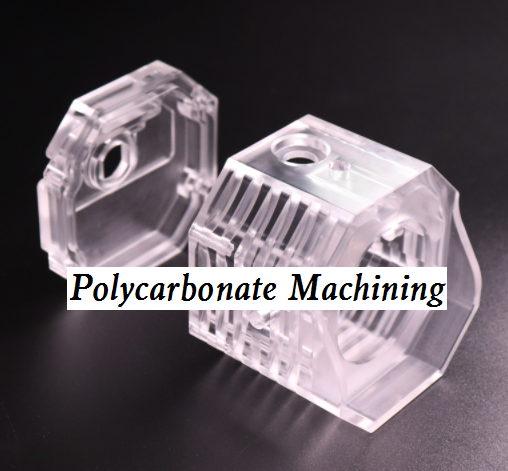 Polycarbonate/PC Machining Tolerances & Tips – Best Tools for Cutting Polycarbonate
Polycarbonate/PC Machining Tolerances & Tips – Best Tools for Cutting Polycarbonate
 Spring Material Types (Properties, Grades, Uses) & Best Selection for Your Project
Spring Material Types (Properties, Grades, Uses) & Best Selection for Your Project
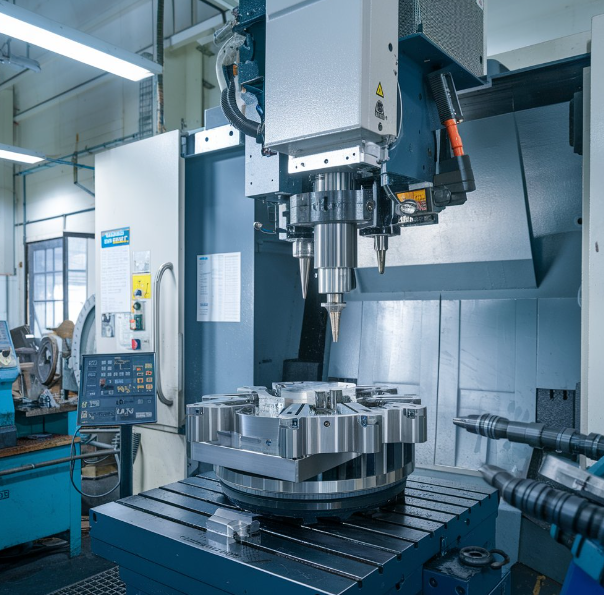 Why Choose China CNC Machining and How to Find the Best CNC Machining Manufacturer
Why Choose China CNC Machining and How to Find the Best CNC Machining Manufacturer
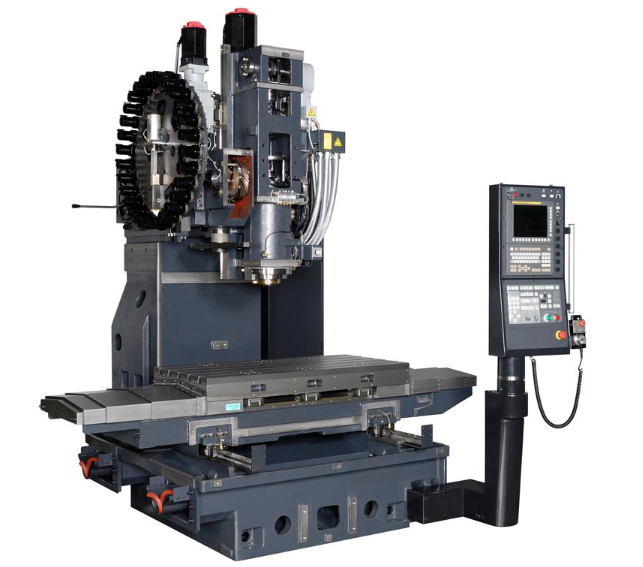 What is CNC Vertical Machining Center – VMC Machine Applications & Difference Between Horizontal Machining Center
What is CNC Vertical Machining Center – VMC Machine Applications & Difference Between Horizontal Machining Center
 Polyamide Vs. Nylon Vs. Polyester: Properties, Uses, Advantages & Disadvantages
Polyamide Vs. Nylon Vs. Polyester: Properties, Uses, Advantages & Disadvantages
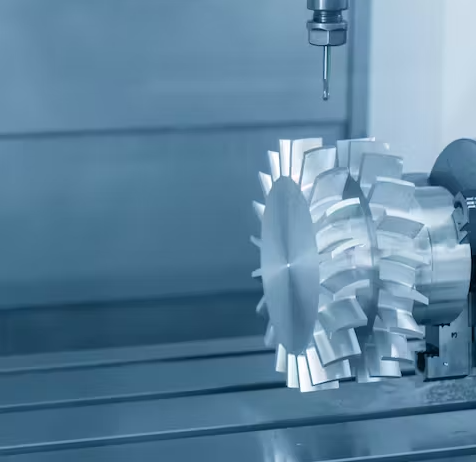 CNC Machining VS Manual Machining: What is the Difference Between CNC and Manual Machining
CNC Machining VS Manual Machining: What is the Difference Between CNC and Manual Machining
